Spring gets all the attention when it comes to gardening. However, fall might actually be the best season for planting and spending time outside getting your hands in the dirt.
In most places, the weather in autumn features moderate temperatures, plenty of sunny days and occasional rains—ideal conditions for people as well as plants. Whether you like to grow food, flowers or both, the steps that you take in the fall will pay off for the next gardening season and for years to come.
Bonus: Getting outside and moving around while gardening is the perfect activity to support your weight loss goals! On Nutrisystem, we recommend 30 minutes of physical activity each day.
Check out these 12 easy tips for fall garden success:
Planting Time
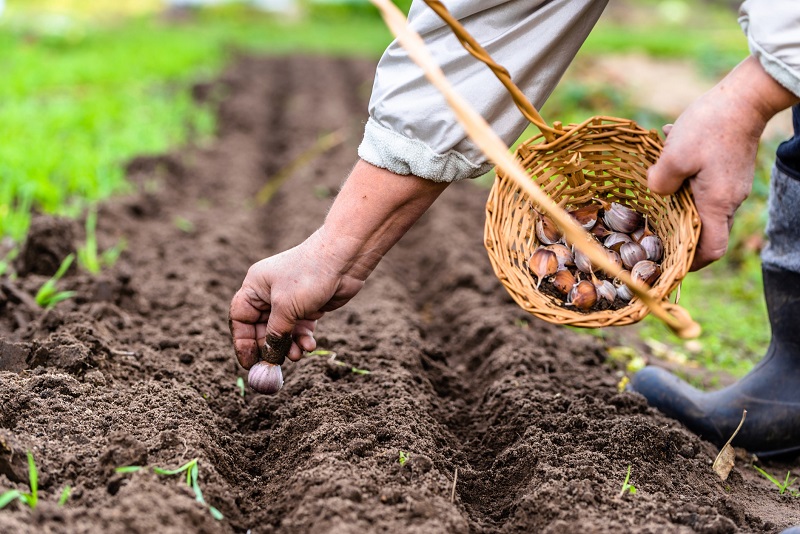
Many delicious and nutritious vegetables grow best in cool temperatures rather than in the heat of summer. Fall weather also allows trees, shrubs and perennial flowers to settle in and start growing roots. If you can, wait for an overcast day before a light rain to plant.
1. Leafy greens, including spinach, arugula, and kale all do well in the fall. You can start with seeds or with little transplants you buy at the garden center. In all but the coldest regions, these plants will produce a few harvest-ready leaves in fall, go dormant in winter, and then begin growing fresh leaves as the weather warms again in spring.
2. Radishes come up quickly and the spicy roots will be ready to add to your salads in as little as five to six weeks after you sow the seeds.
3. Carrot seeds germinate more slowly, but they thrive in cooler temperatures, too. In fact, you can leave carrots in the ground until it freezes hard. They taste sweeter after a chill.
4. Garlic grows like many flowering bulbs: You plant individual cloves of garlic in the fall and each one will become a whole new bulb over the winter. They’ll be ready for you to dig up and eat when the next spring turns to summer.
5. Fruiting trees and shrubs get a chance to settle in and start putting down roots when you plant them in fall. Even if you have a small yard, consider putting in a dwarf apple, cherry or peach tree. You will enjoy the fresh fruit for years after. Raspberry bushes need a little room to spread out, but they produce abundantly season after season and require almost no maintenance.
6. Flowering bulbs bring brilliant colors to your yard in spring, but they get started in fall. Tulips, daffodils, crocuses and hyacinths come in different sizes, colors and patterns, so you can find some that fit your landscape and taste. Plant a mix so you have flowers in bloom each month.
Bring it In
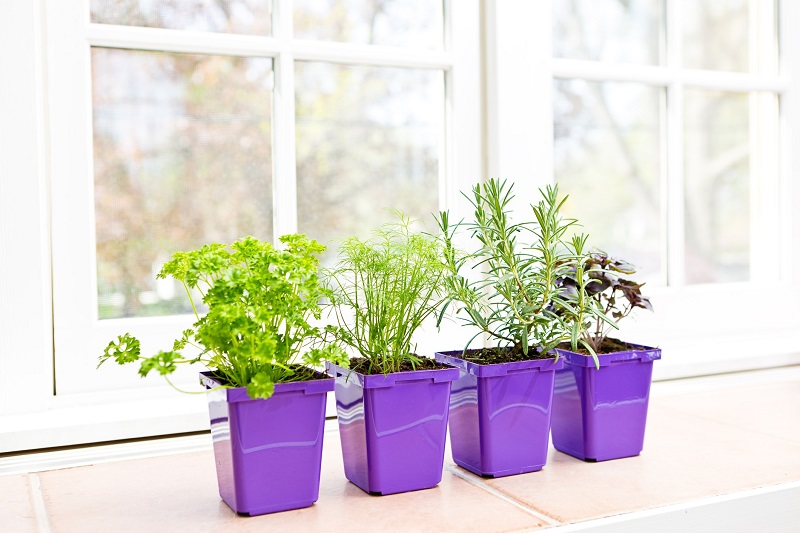
7. Cooking herbs, such as thyme, rosemary and chives, grow well indoors in winter as well as outside during the warmer months. Before frigid temperatures set in for good, dig up small pieces of your favorite culinary herbs and plant them in containers with potting soil. Set the pots on a windowsill (ideally facing south or west where the sun is strongest in winter). Snip off leaves and add them to your meals whenever you want. You also can put fresh-cut herbs in a dry, dark place for a couple weeks and then you can save the dried leaves in clean jars to use as needed.
8. Houseplants, including cacti and other succulents, thrive when they get to soak up long days of summer sunshine. However, when overnight temperatures begin to drop below 50 degrees F, they’re ready to come inside. Give them a quick rinse first to wash away any insect pests that might be hanging around.
Prep for Spring
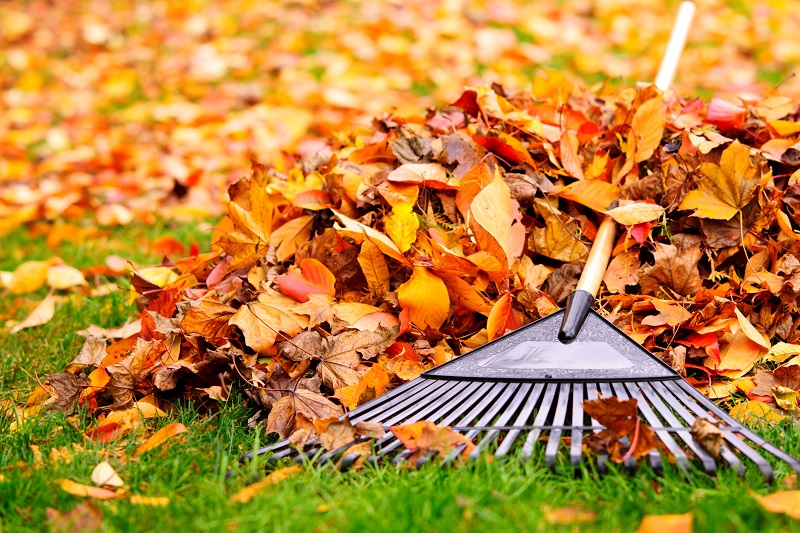
9. You can instantly multiply many of the most popular perennial plants, such as daylilies, peonies and hostas, by dividing them in the fall. Simply dig up clumps of the plants and break them into smaller pieces with your hands or a sharp spade. Then replant the pieces in new spots, water them well and wait for them to come up again in the spring.
10. You might think of fall leaves on your lawn as a nuisance, but they really are a treasure. Shred up leaves using a lawn mower with a grass-catching bag and then spread them on your flower and vegetable beds. The leaves make a blanket that insulates the soil and keeps it from washing away during heavy storms. As the leaves slowly decompose in the coming months, they release nutrients that plants absorb in the spring.
11. Turbocharge your garden and get ready for spring by mixing manure into the soil in fall. You can buy nutrient-rich manure in bags from local garden centers or get it from a local farm, whether it comes from cows, horses, sheep or chickens.
12. Keep your power equipment such as mowers and string trimmers working well by draining their fuel tanks after the last cut of the season. Put in fresh gas when you start them up again in spring.
The post Gardening with Scott: 12 Easy Tips for a Successful Fall Garden appeared first on The Leaf.
from The Leaf https://leaf.nutrisystem.com/fall-garden-tips/
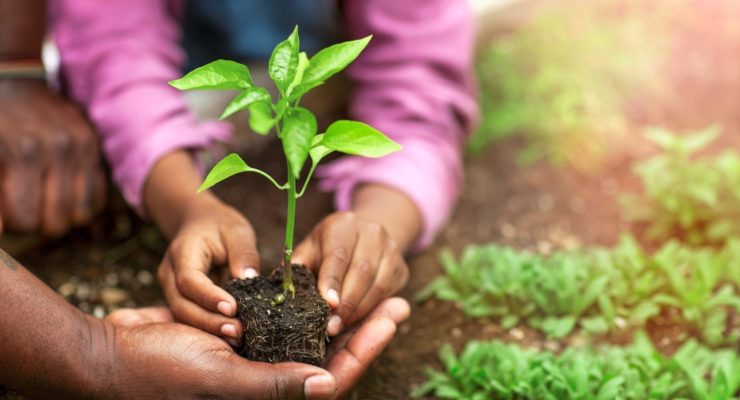

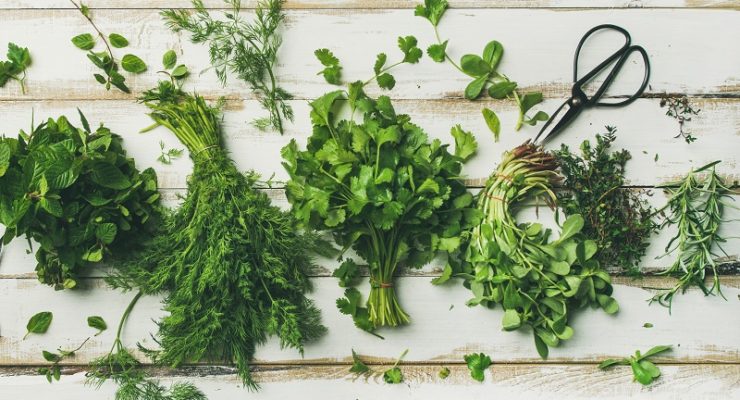

Post a Comment